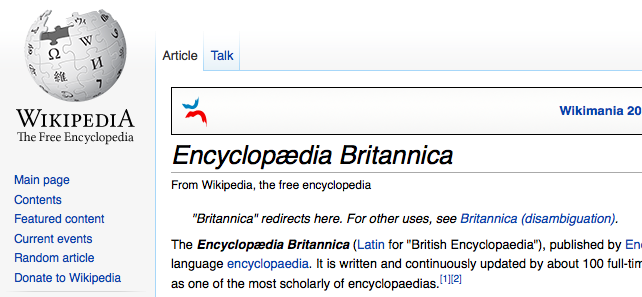It took Wikipedia less than a decade to take down its traditional predecessor, the Encyclopædia Britannica, a series that has helped scholars and students for nearly two and a half decades. While most consider this to be a natural transition with the rise of the digital age, some will always question whether crowdsourcing human knowledge is preferable to leaving it up to the experts.
Regardless, it’s here and it’s the best resource available for the majority of subjects. With nearly 4 million articles written in English alone, it has a tremendous advantage in size. Many say that the scrutiny and calls for citations help it to maintain the highest-possible levels of accuracy. These combined with the love affair that Google’s search engine has had with Wikipedia for years has contributed to the site being the 6th most visited on the internet.
This graphic examines the past, present, and future of the website that is redefining research. Click to enlarge.

Via: Open-Site.org


I doubt anybody will notice the offline resources not being around, much cheaper and easier to use to have an online version where things can be kept constantly up to date and ease of access
Nice explanation, the pics make the statistics real and easy-to-see. Wikipedia indeed change our life for some extent.
Has Encyclopædia Britannica really existed for “nearly two and a half decades”? Thats almost 25 years…